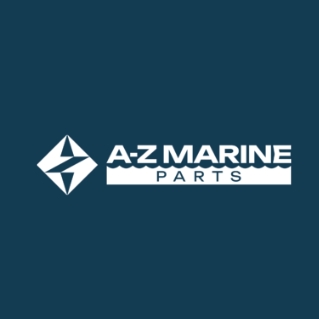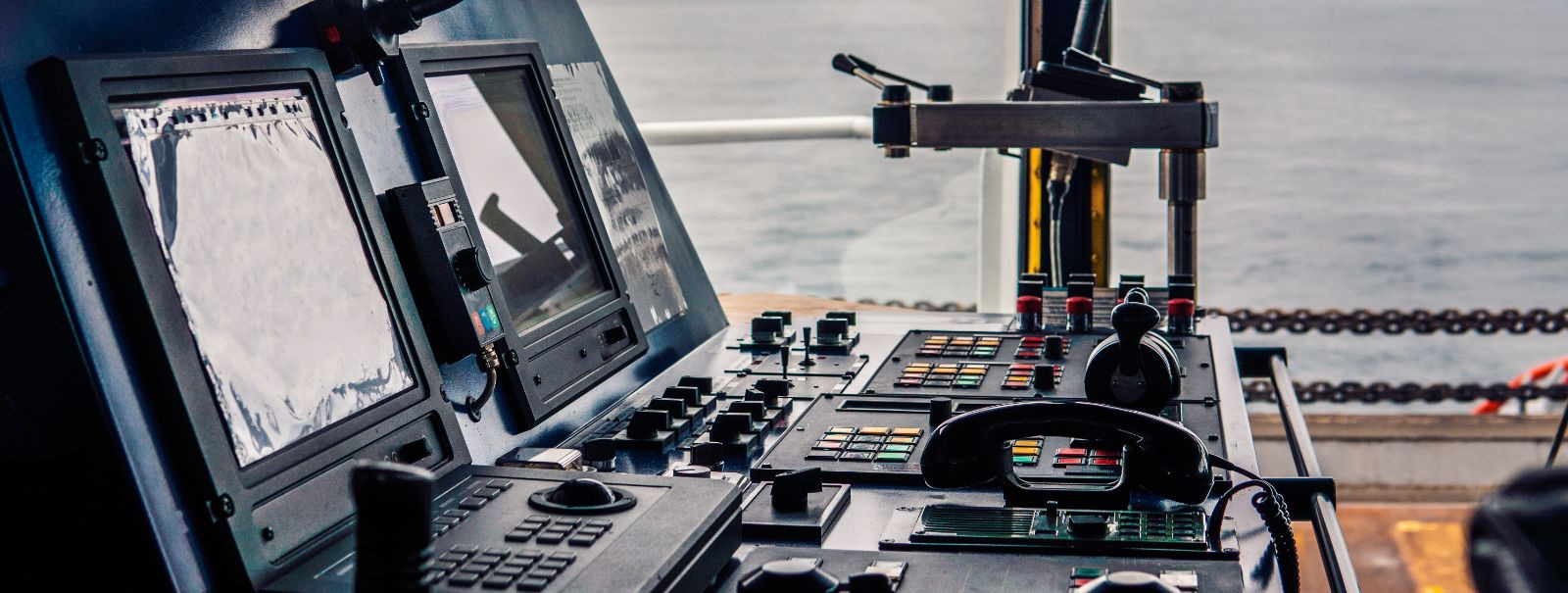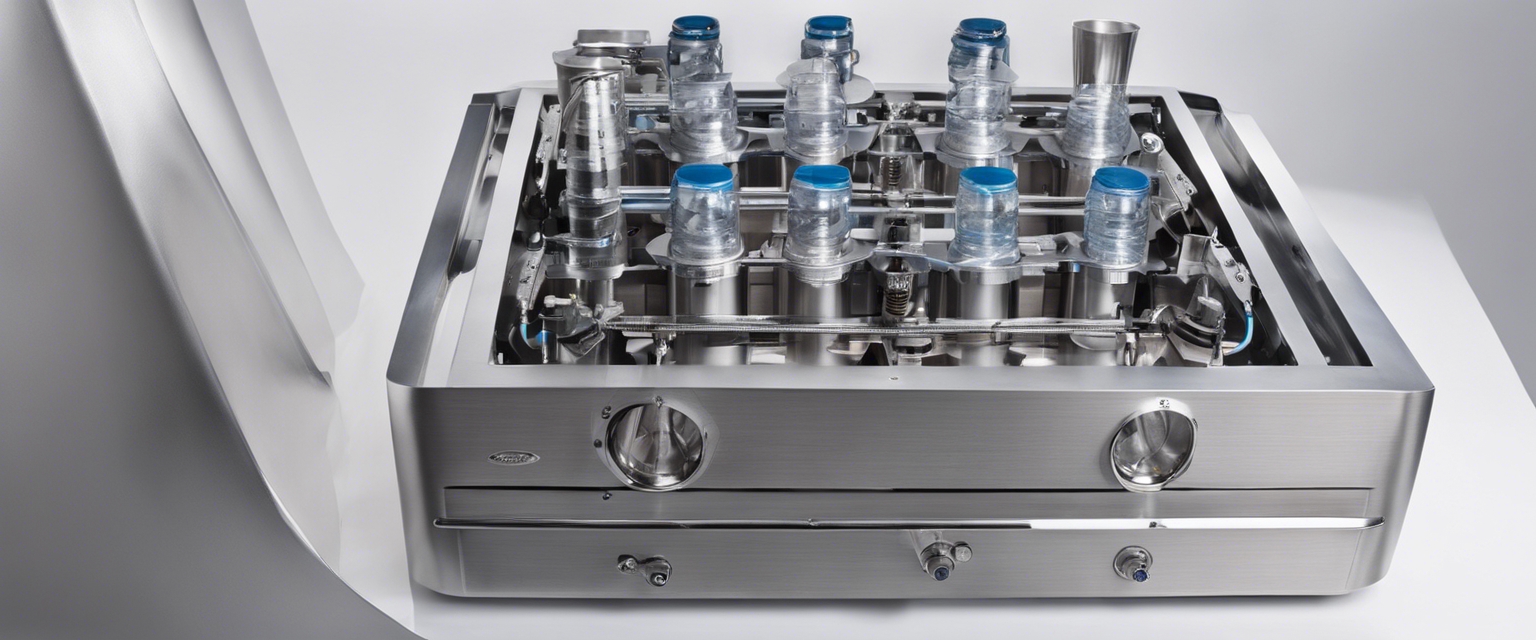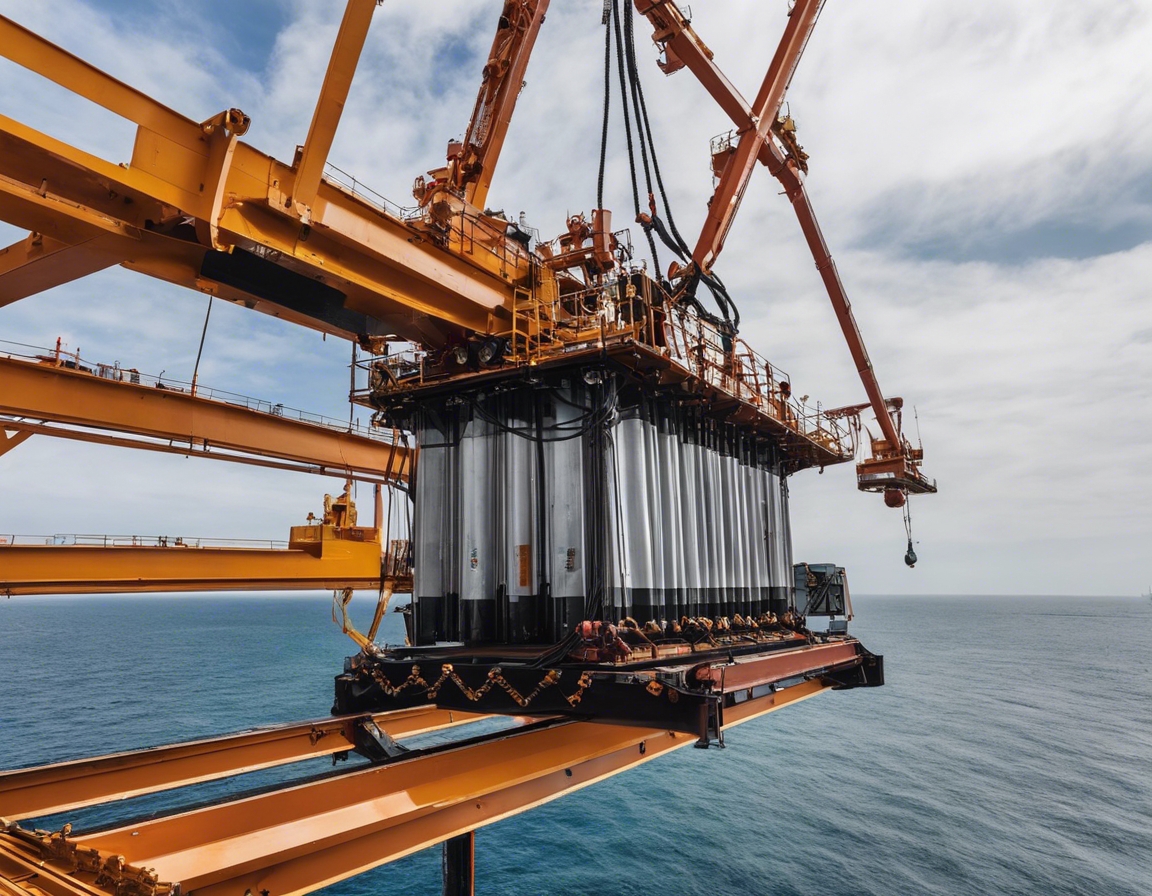How to ensure compliance in maritime operations
Compliance in maritime operations is governed by a complex framework of international conventions, regional regulations, and national laws. Key among these are the International Maritime Organization (IMO) conventions such as SOLAS (Safety of Life at Sea), MARPOL (Marine Pollution), and STCW (Standards of Training, Certification, and Watchkeeping for Seafarers), as well as industry standards like the ISM (International Safety Management) Code and the MLC (Maritime Labour Convention).
Ensuring compliance is not just about adhering to legal requirements; it's about safeguarding lives, protecting the marine environment, and ensuring the efficiency and reliability of maritime operations. Non-compliance can result in severe penalties, operational delays, and damage to a company's reputation.
Developing a Compliance Strategy
Maritime companies must first understand their current level of compliance by conducting thorough assessments of their operations, practices, and equipment. This involves identifying any gaps or areas of non-compliance that need to be addressed.
Based on the assessment, a comprehensive compliance plan should be developed. This plan should outline the steps necessary to achieve and maintain compliance, including timelines, responsibilities, and resource allocation.
Implementing Compliance Measures
One of the pillars of ensuring compliance is the continuous training and education of the crew and staff. This includes familiarization with the latest regulations, best practices, and operational procedures.
Investing in the right equipment and technology is crucial. This includes ensuring that all onboard systems and components, such as navigation, communication, and safety equipment, meet regulatory standards. A-Z MARINE PARTS OÜ can provide expert guidance and supply compliant marine parts and technology.
Accurate documentation and record keeping are essential for demonstrating compliance. This includes maintaining logs, certificates, and records of inspections and maintenance activities.
Maintaining Ongoing Compliance
Regular internal and external audits and inspections are necessary to ensure that compliance measures are effectively implemented and maintained over time.
The regulatory landscape is constantly evolving. Companies must stay informed of any changes to ensure their operations remain compliant.
Compliance is an ongoing process that requires a commitment to continuous improvement. This involves regularly reviewing and updating policies, procedures, and systems to enhance safety and compliance.






Comments (0)